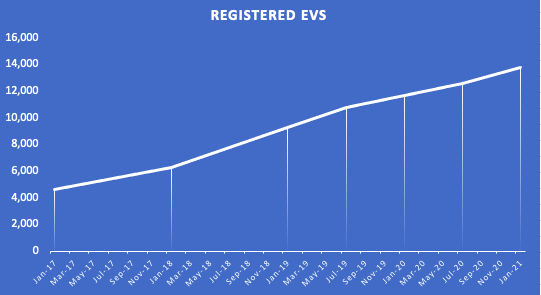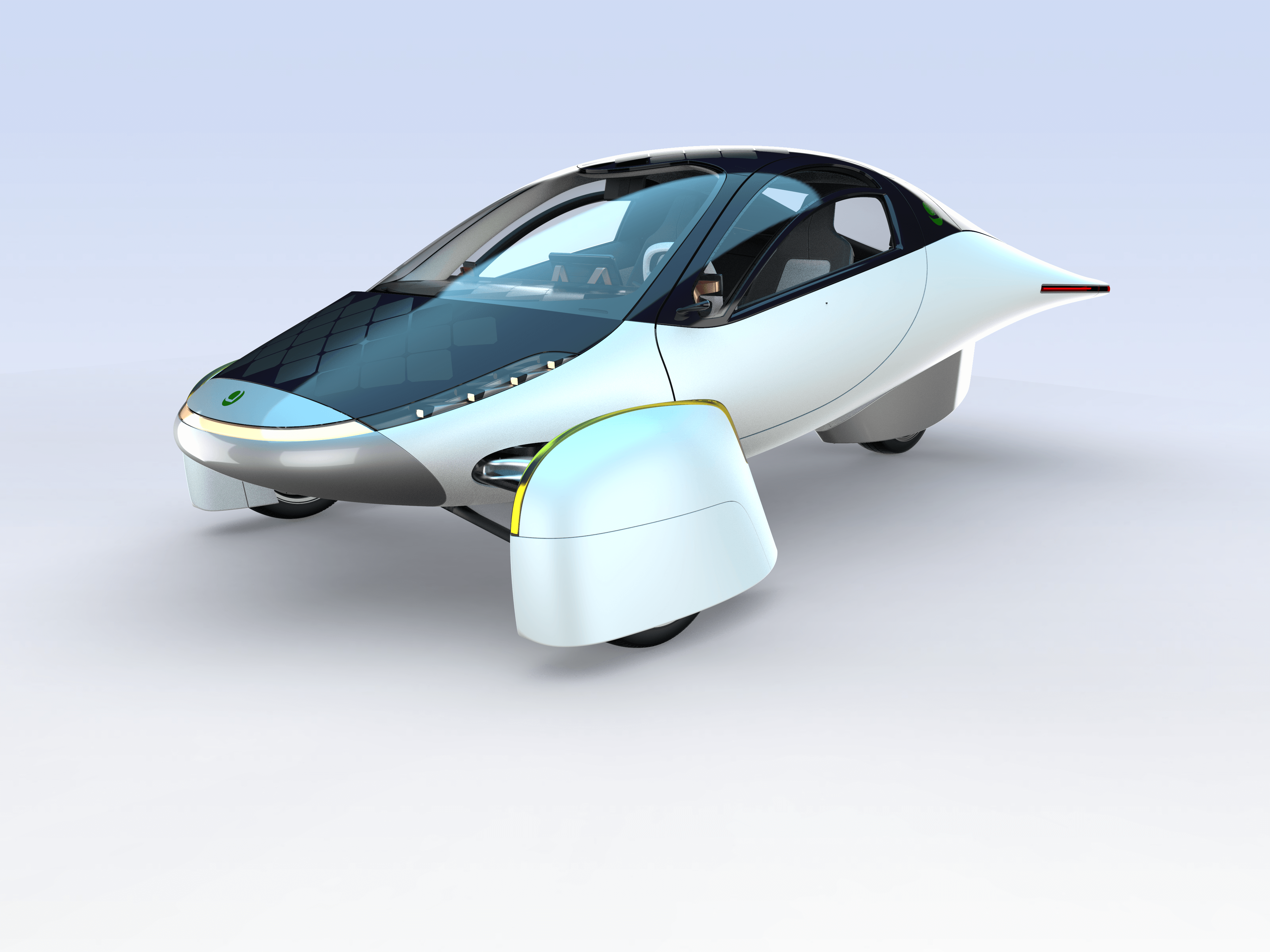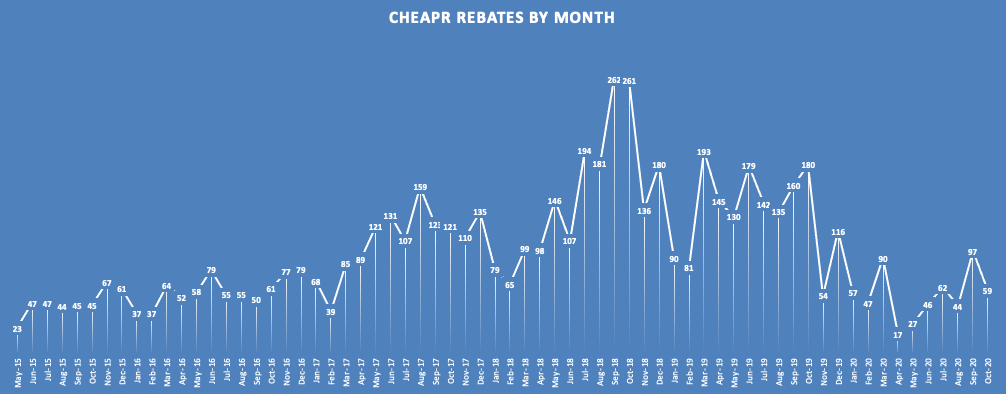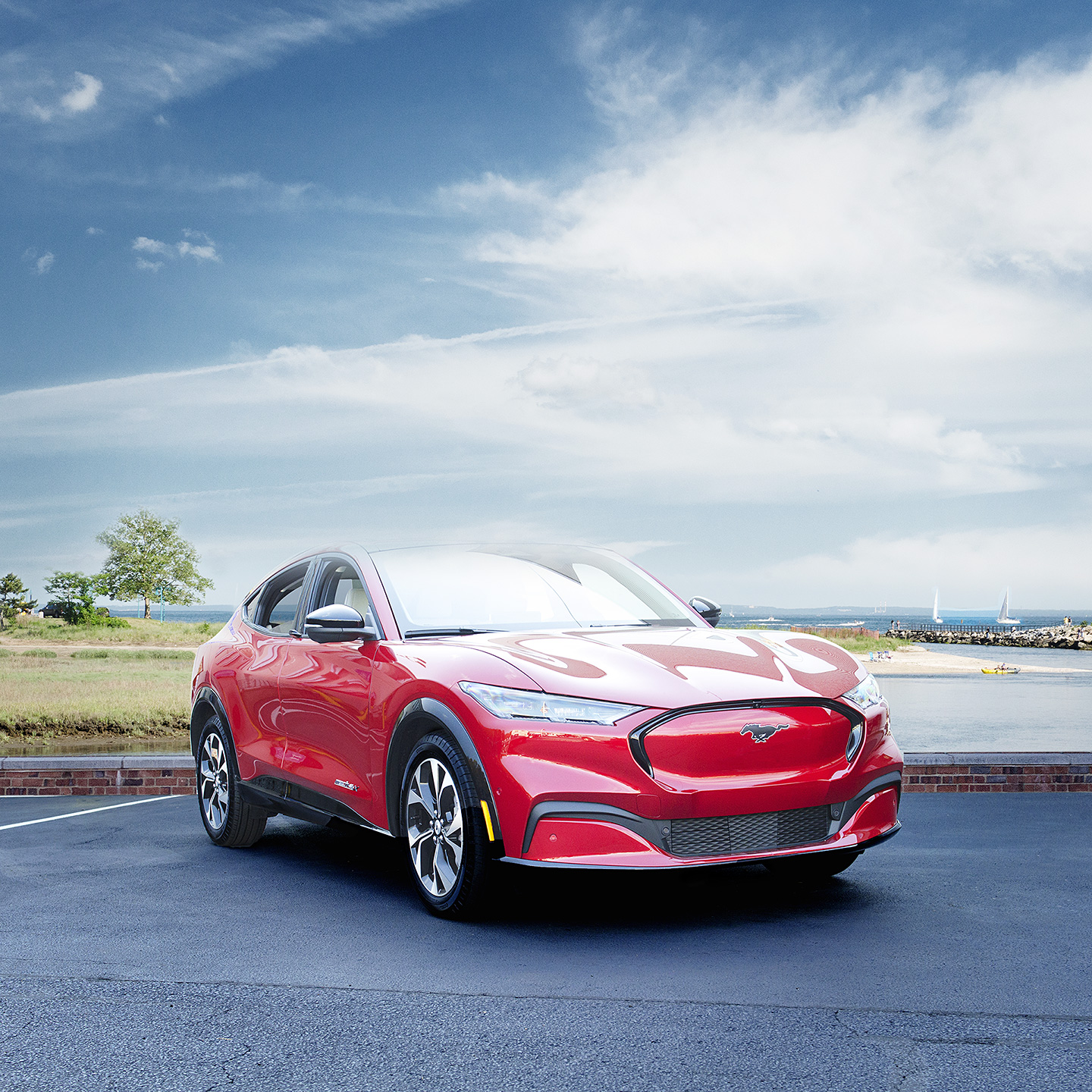EV Ownership Increases 18.2% In a Difficult Year
DMV Releases Updated EV Registration Data There are 13,800 EVs registered in CT as of January 1, 2021, according to data released by the Department of Motor Vehicles in its statutorily required semi-annual reporting. This … Read more








